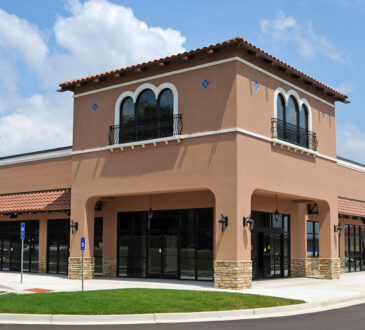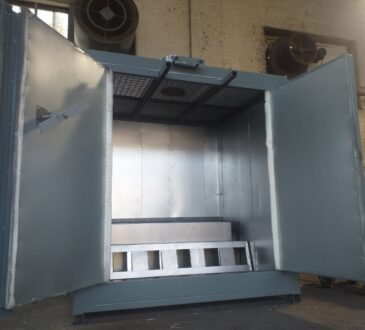
Erosion can significantly damage your landscape, causing soil loss, water runoff, and instability. For property owners looking for erosion control in Sandy Springs, implementing effective methods can prevent long-term issues and protect outdoor spaces. Whether you are dealing with sloped terrain, heavy rain, or construction-related disturbances, choosing the right erosion control solutions is essential.
Understanding Erosion and Its Impact
Erosion occurs when wind, water, or human activities remove soil from an area, often leading to landscape degradation, sediment buildup in waterways, and loss of plant life. If not managed properly, erosion can create safety hazards, damage property, and lead to costly repairs. Fortunately, several proven techniques help maintain soil integrity and prevent erosion.
Best Erosion Control Methods
1. Vegetation and Ground Cover
Planting grass, shrubs, or trees is one of the most effective ways to stabilize soil. Their roots hold the soil in place, reducing water runoff and promoting infiltration. Ground cover, such as mulch or straw, also helps by absorbing excess moisture and preventing direct soil exposure to the elements.
2. Retaining Walls and Gabions
For properties with steep slopes or unstable soil, retaining walls and gabions provide essential support. These structures help redirect water flow and hold back eroding soil. Gabions, which are wire mesh baskets filled with rocks, offer durability and flexibility, making them an excellent choice. Many property owners opt for these solutions after learning about the benefits of gabions in erosion control, as they are both functional and visually appealing.
3. Silt Fencing and Geotextiles
Silt fences and geotextiles are commonly used in construction sites and areas prone to erosion. These barriers trap sediment while allowing water to pass through, reducing soil displacement. They are particularly useful in protecting nearby water bodies from contamination caused by soil runoff.
4. Terracing for Sloped Areas
If your property has sloped terrain, terracing is an effective erosion control method. This involves creating stepped levels on the slope to slow down water flow and reduce soil movement. Terraces not only help with erosion control but also provide additional space for planting and landscaping.
5. Proper Drainage Solutions
Improper drainage is a major cause of erosion. Installing French drains, rain gardens, or dry creek beds can help redirect excess water and prevent soil displacement. These drainage solutions ensure that water moves safely through the landscape without washing away valuable topsoil.
Conclusion
The best erosion control method depends on factors such as soil type, slope, rainfall intensity, and land usage. Before selecting a service provider, it’s important to consider key factors that affect erosion control effectiveness. A well-planned approach ensures that the chosen method offers long-term benefits. Understanding what to look for when choosing an erosion control company can help in making an informed decision.
By implementing these erosion control techniques, you can protect your landscape from degradation and maintain a healthy, stable environment. Whether using vegetation, structural solutions, or proper drainage, taking proactive steps now will help prevent costly damage in the future.



